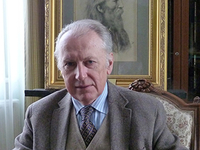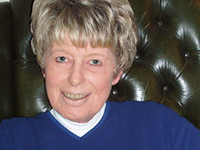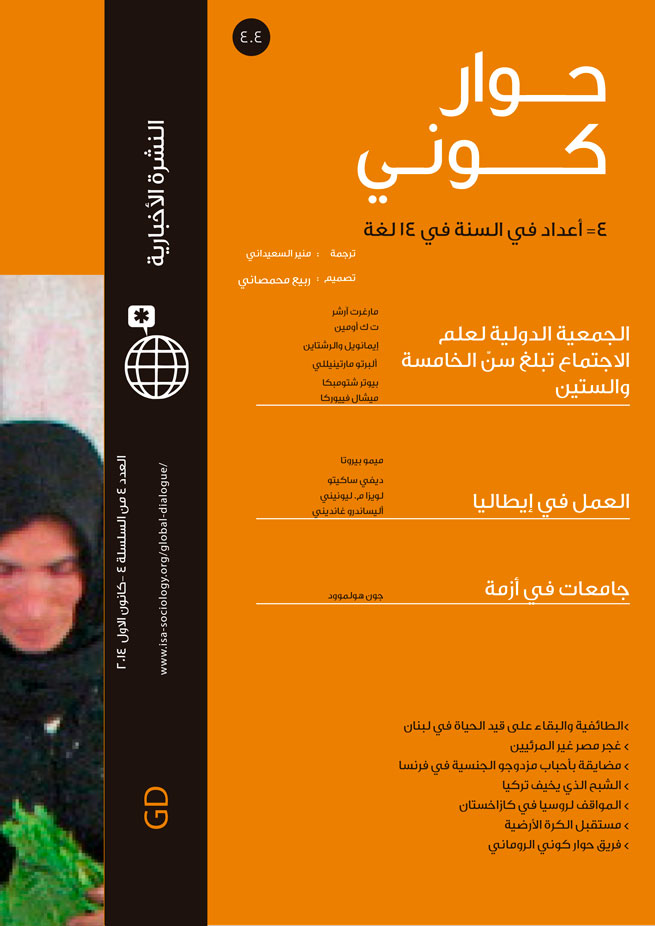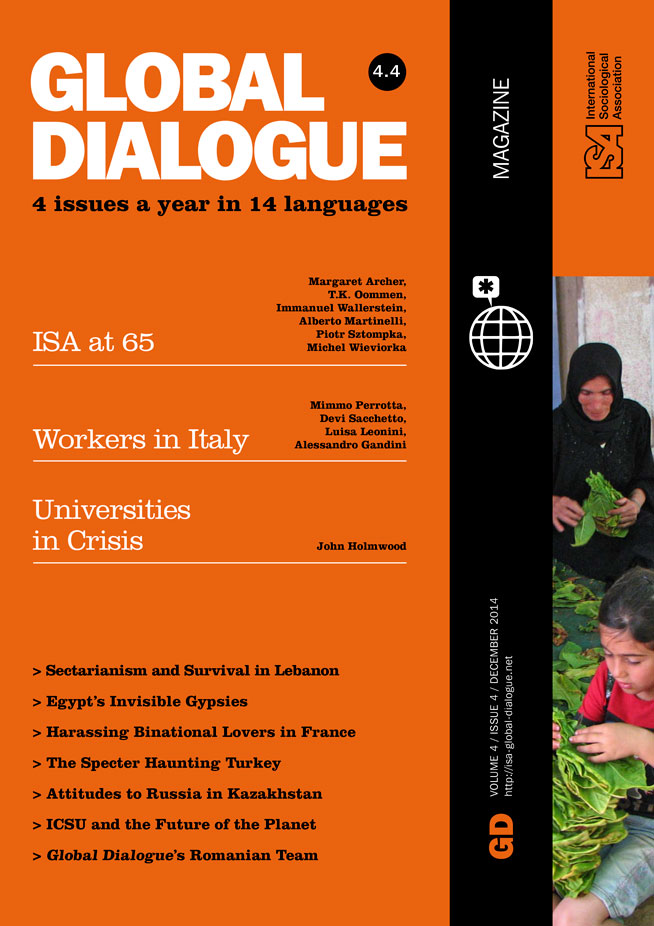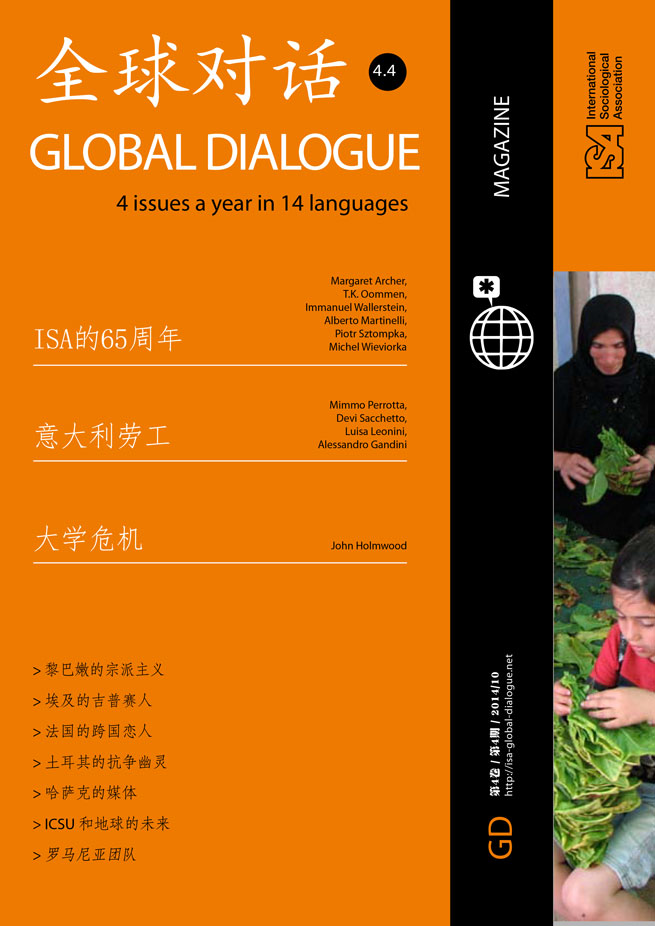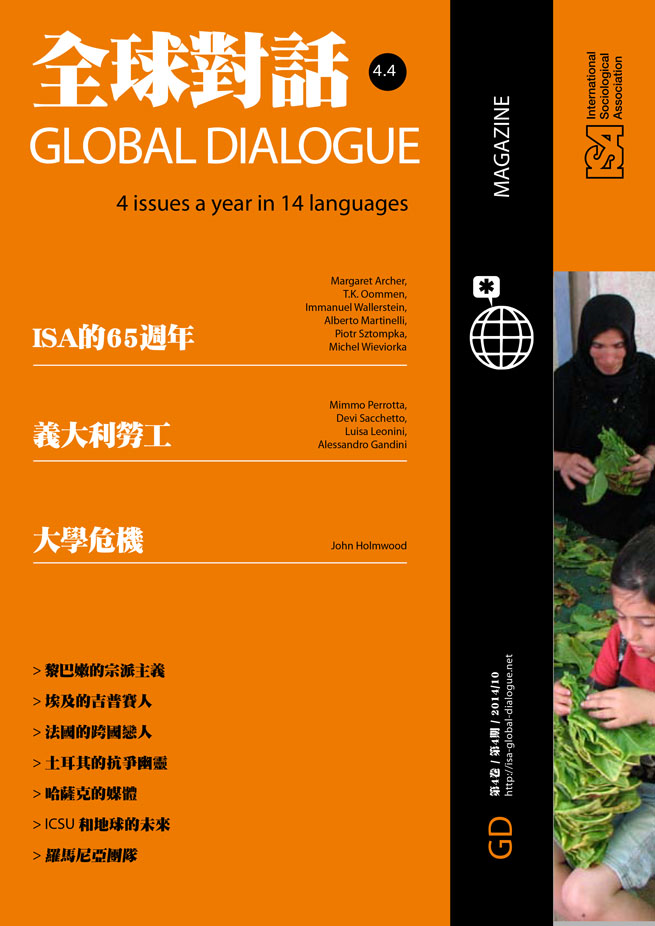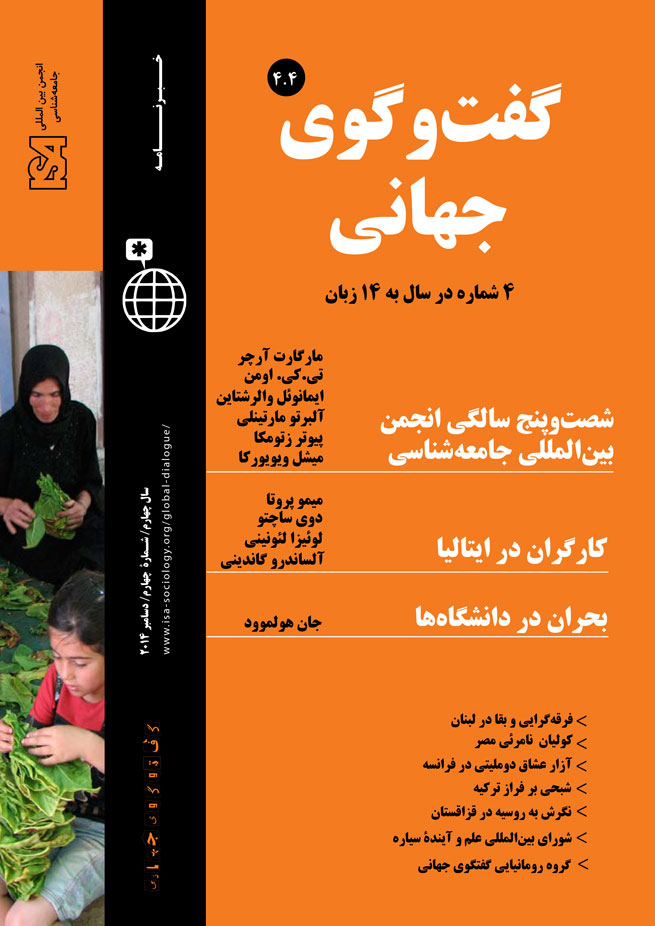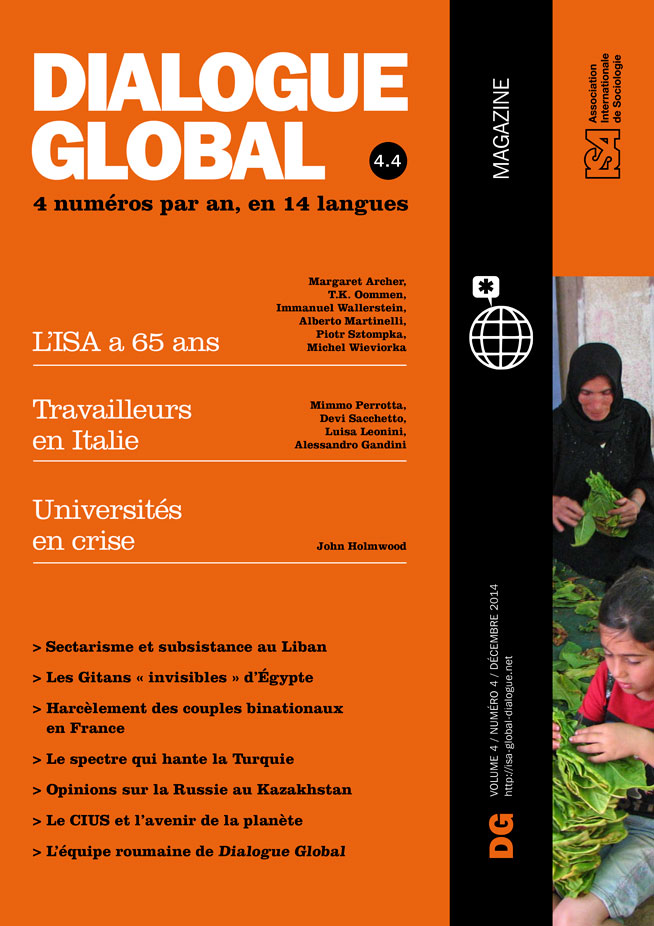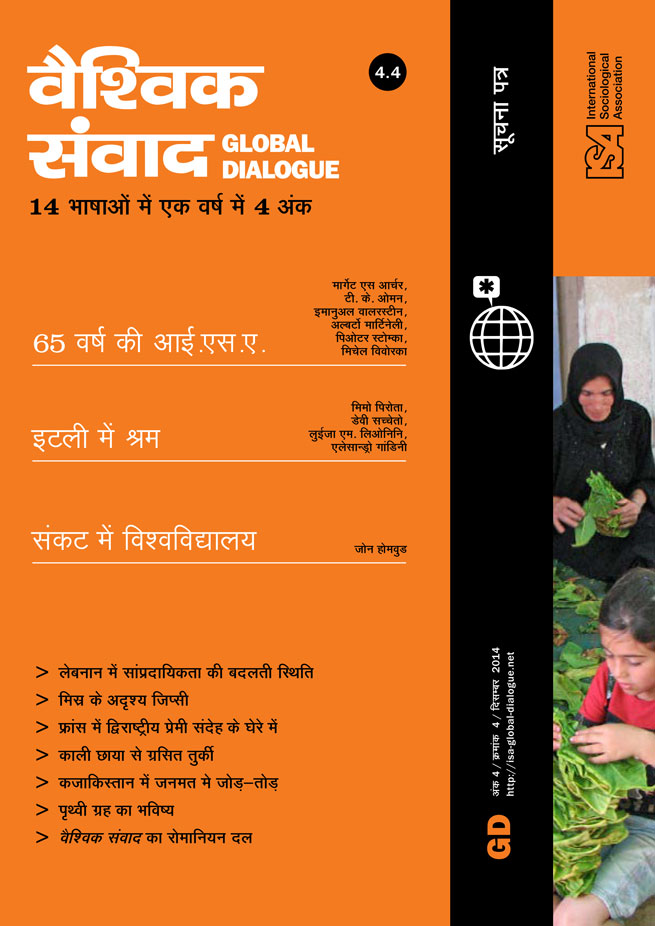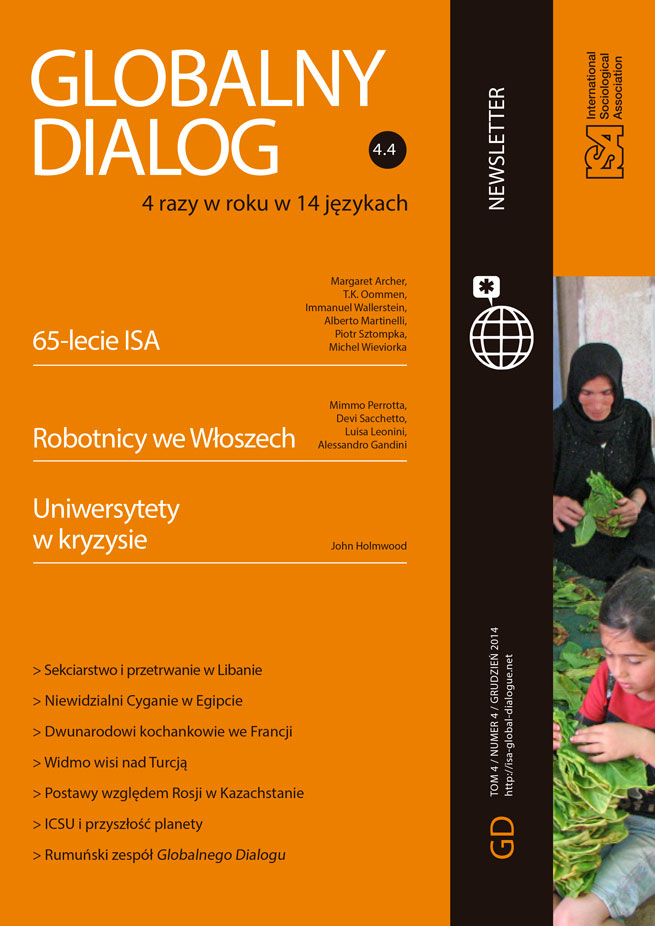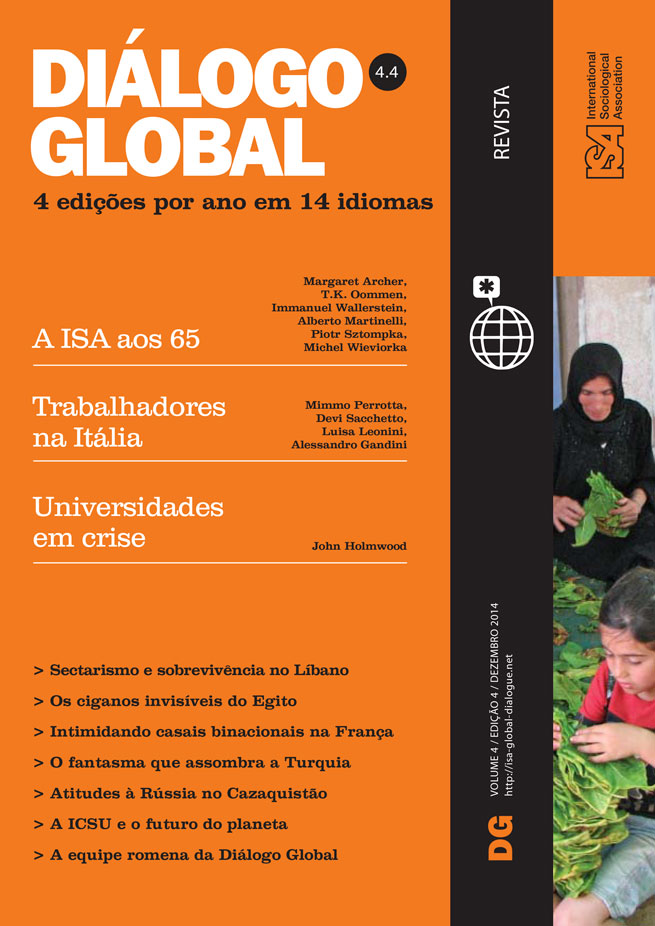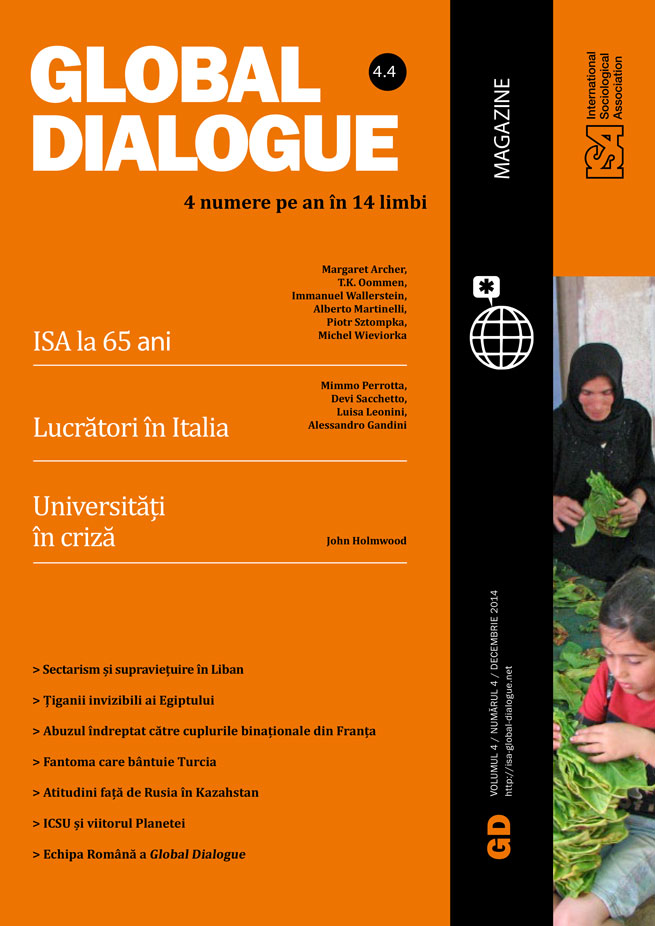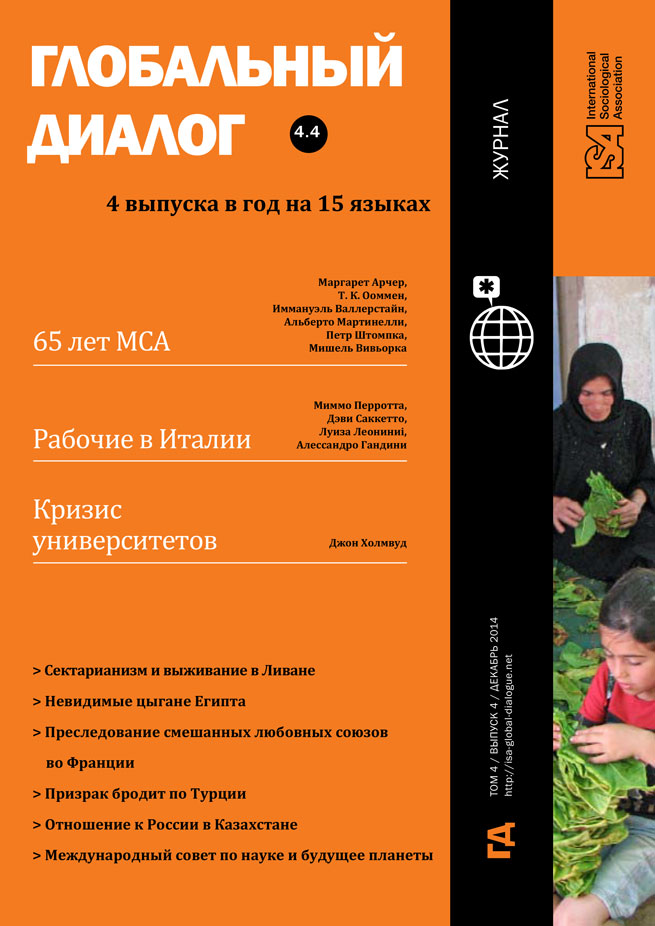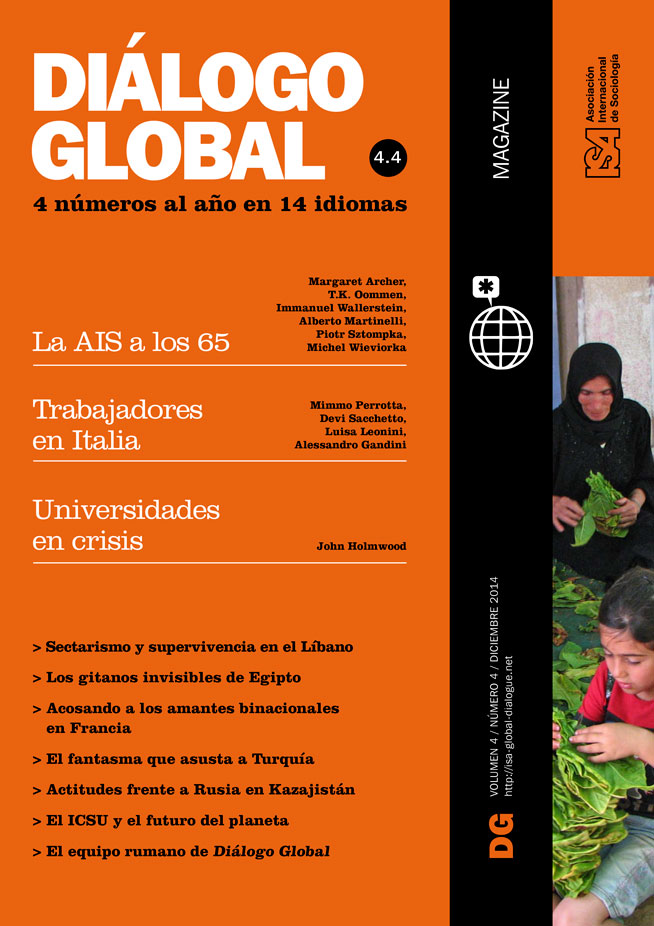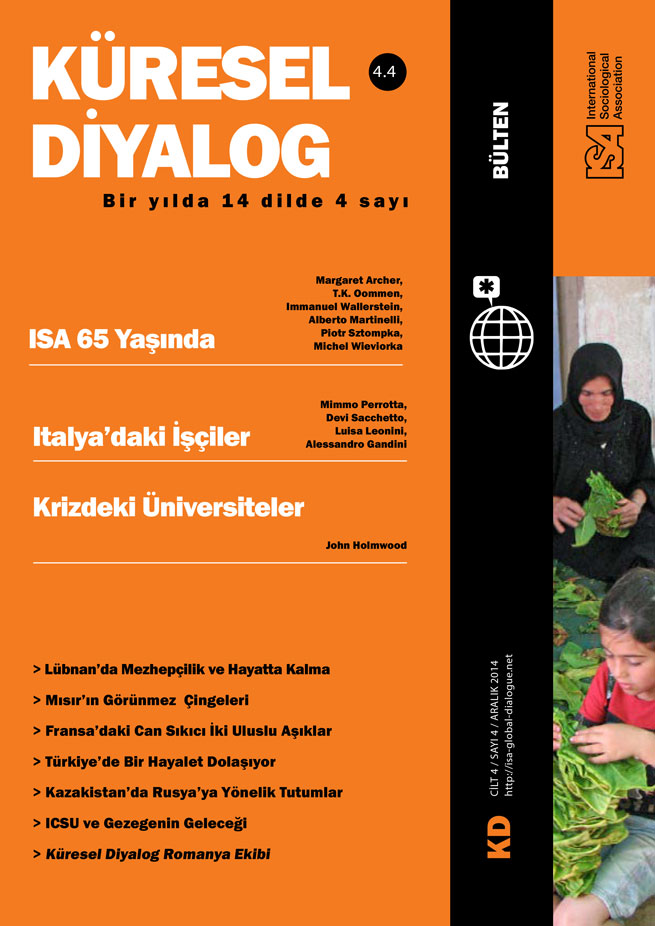The first Congress I attended was the ISA’s third, held in 1959 in Stresa, a small town in northern Italy. I have attended thirteen of the fifteen congresses since then. In reflecting on the differences between the ISA in 1959, at the time of my own presidency in 1994-1998, and today, I wish to discuss four aspects of its organizational life: the composition of congress participants; language; ISA structures and program; and the effect of size.
Composition of Participants
While the official count of registrants in 1959 is 867, there were about 300 persons present in the plenary sessions, almost all from Europe and North America. To my memory, there was only one active participant from what we then called the Third World: Anouar Abdel-Malek from Egypt (although he worked in Paris). It was also the first congress to which the Soviet Union and other East European countries sent participants. Most were recently rebaptized philosophers, but so were many from Italy, the host country. “Sociology” was an emerging category, and the ISA played an important role in its creation.
By the time of my presidency, participation was much more international. Nonetheless, it was still unbalanced in its distribution. The financial cost of coming to a congress limited participation, as did the fact that sociology was still establishing itself in many countries.
By 2014, after much effort by the ISA, participation was more balanced, though still imperfect. The greatest improvement was in the participation of women as officials and as speakers. Distributive participation will probably continue to improve in future congresses.
Language
The ISA’s initial official languages were English and French. In 1959, French was widely used; probably, more French was spoken in 1959 than in the far larger 2014 congress. Most participants could understand, if not speak, both English and French. There was seldom translation, except on an ad hoc basis.
The first congress to be held in the Third World was in 1982, in Mexico City. There were of course many Mexican participants as well as other Latin Americans. The exclusive use of English and French sparked a revolt led by younger Mexican participants, demanding the right to speak in Spanish, with translation in both directions. Alain Touraine personally saved the situation by mounting the platform and translating from English and French into Spanish and vice versa. Spanish subsequently became the ISA’s third official language.
Nonetheless, English became the only language really used, except in a few ghetto sessions for French and Spanish speakers. If a French or Spanish speaker presented work, at a major session, many English speakers would simply walk out. When I was president, we appointed a special committee to study this problem, led by the same Alain Touraine. The committee proposed some solutions for improving an unhappy situation, but these suggestions were politely ignored.
In part this stemmed from wider international participation. For more and more participants, none of the three official languages was their native tongue; for most, English was the first “second language.” This was also an effect of US hegemony in the world-system: whereas earlier generations learned French, German, or Russian as a “second language,” younger generations switched to English.
Like many international organizations, ISA is now faced with the negatives of a lingua franca. An impoverished version of the lingua franca is in use; spoken and written versions grow apart. As US hegemony continues to decline, there will undoubtedly be demands for more languages: when Mandarin Chinese and Arabic become widely used for scientific communication, how will a future ISA adjust?
Structure and Program of ISA
In 1959, a Council composed of representatives of member national associations elected a president and other officers from among its members, as well as an Executive Committee. When the USSR entered the ISA, these offices were distributed through private East-West negotiations.
In 1959, there were only two Research Committees. They were truly research committees – that is, they were not loci of debate, but groups that obtained funds for transnational research. One could not just join them. The members were invited. Subsequently, as the number of committees grew, a council was created and four of its members were added to the ISA Council.
The principal task of ISA structures was to choose the location of the next congress and to create a program. The (single) vice-president was charged with developing a program, together with a Program Committee — none of whose members served on the ISA Council. Quite the contrary! The idea was to find competent diverse individuals, avoiding apparatchiks serving on the council. Not even the president attended Program Committee meetings.
Over the years, the ISA created more vice-presidencies, but as late as my presidency, the Vice-President for Program was the leader in rank. My Vice-President for Program (and my successor as president), Alberto Martinelli appointed the committee, though other vice-presidents were invited to join as well. At some point, the Vice-President for Program was replaced at the top of the hierarchy by the Vice-President for Research, and finally, the post was eliminated altogether. The program will now be the work of the Executive Committee.
I believe this is an error that ISA will come to regret. Instead of ISA members chosen for their competencies and interests, we have turned the program over to those with sectorial interests, to negotiate time allocations. If the Executive Committee is dominated by one “faction,” it may not produce a truly integrated program. If the Executive Committee is badly divided, it may lead to a dysfunctional stalemate. I hope that ISA will reverse itself, giving the Vice-President for Program pride of place and independence.
Effects of Size
The positive aspects of increased attendance and geographic distribution are obvious. The ISA has become much more inclusive. But inclusiveness can also mean exclusion. In 1959 the participants included nearly every sociologist considered an important scholar. Small group meetings involved a true exchange of views.
With 6,000 people, and enormous numbers of research committees and other special meetings, there is no time for real debate. Sessions involve four or five “papers,” open at most to a question or two at the end. Most participants become passive participants.
Persons seeking real debate and/or cooperative work do better by organizing small meetings outside the congress. We all have limited energy, limited time, and limited money. Large size allows greater inclusion, but it also prompts withdrawal. There is no easy solution. Perhaps we could create a congress of small groups, self-organized, where no papers are given but where debate is around some concrete problem. This would be very hard to organize, and perhaps the suggestion is utopian. But it points again to the necessity of a program committee not fashioned by those whose interest is to maintain and foster particular organizational interests.
Immanuel Wallerstein, Yale Universty, USA and former ISA President, 1994-1998 <immanuel.wallerstein@yale.edu>

